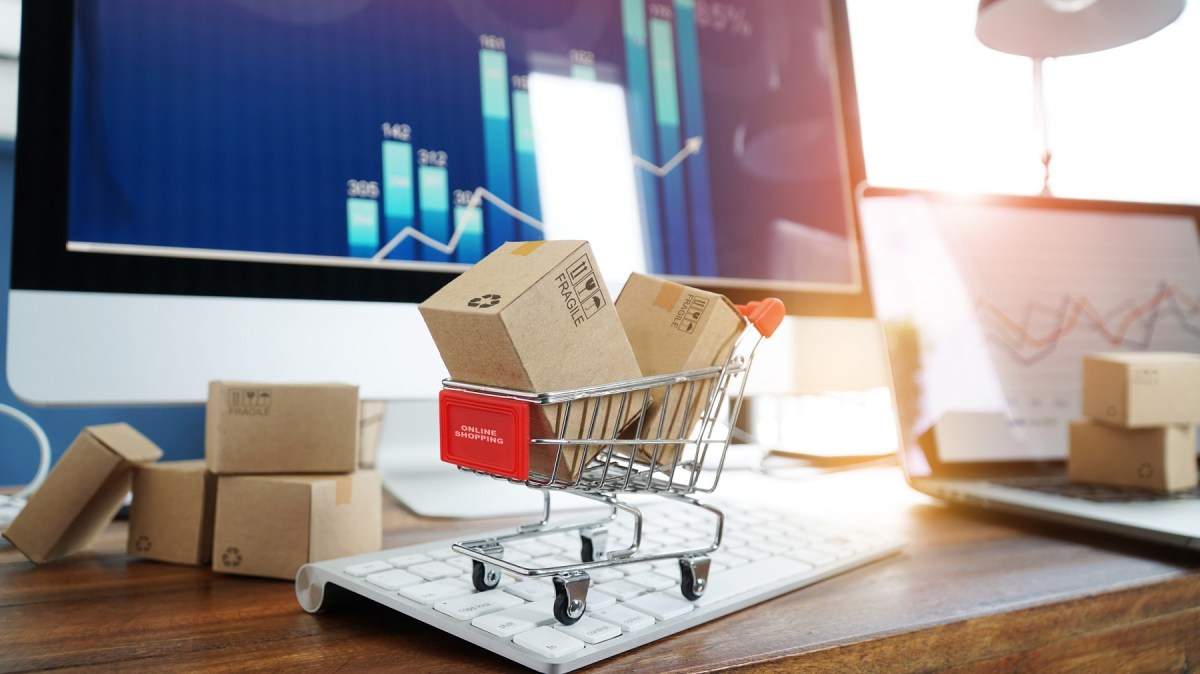The latest Monthly Household Spending Indicator shows consumer spending across the country has seen a significant uptick throughout the year.
However, looking at the retail industry, the most recent data from October shows Australian retail turnover has fallen for the first time in 2022 by 0.2%. This follows a 0.6% rise in both August and September of 2022, making October the end of a straight nine-month increase.
This data suggests Australians have started experiencing increased costs and inflation, including higher interest rates, which is likely the most significant reason for the sudden change, according to BigCommerce senior director of product management, Jordan Sim.
“The only industry exempt was food retailing – rising by 0.4% – due to ongoing natural disasters and a continued boost in prices for groceries across the country. Spending in department stores was the most affected industry (-2.4%), followed by clothing, footwear and accessories (-0.6%),” he told Retailbiz.
“This tells us Australians have started cutting back on non-essential goods and services. They are becoming more purpose driven. The exception to this is with the Christmas sales season – according to Red Search, the Christmas sales season hasn’t been affected by the decrease in retail turnover as Australians are anticipated to spend up to $63.9 billion for shopping, a 3% boost from last year.”
Predictions for the sales season
- A continued shift to spending habits
Many Australian shoppers are re-evaluating their purchasing decisions to focus on essentials and Sim expects this will continue into 2023.
“While retail spending has remained steady, especially during Black Friday and Cyber Monday, shoppers are well-researched and now go into the shopping experience with a predetermined outcome in mind as they look for their desired products,” he said.
“Ecommerce solutions give retailers many ways to customise these shopper journeys for customers and doubling down on delivering tailored and direct shopping outcomes will be key in 2023. Many retailers may also face the prospect of smaller marketing and ad spend budgets in response to current economic conditions. Being laser-focused on remaining nimble to customer needs and implementing the services that will best support them to complete a sale will be crucial.”
2. Data feed optimisation will be imperative
In 2023, retailers will need to keep data feed optimisation top of mind with the services they implement as part of their omnichannel ecommerce strategies, according to Sim. “For retailers and merchants, an omnichannel strategy is no longer an option, but an imperative,” he said.
“Consumers are shopping smarter and want the convenience of shopping where they want, when they want and how they want. Optimising data feed across all social and marketplace channels is crucial for businesses, especially those in the digital commerce space.
“From optimising data to automating catalogue listings, order and inventory management, having a structured data feed manage millions of listings are mapped and aligned with how users search for specific products on various marketing channels.”
3. Headless technology will become the future of modern B2B commerce
Headless technology provides a flexible solution for retailers who need to ditch legacy monolithic platforms for a modern B2B commerce experience to deliver rich and engaging website content.
“Traditionally the technology has catered to consumer-focused merchants, but that is changing. Expect to see B2B merchants turning to headless as a critical business strategy to modernise their ecommerce operations to provide their customers with B2B functionalities for business-specific purchasing, while offering the visual, content-focused experience that gives the feel of a B2C site,” Sim said.
4. Alternative payment methods
Buy now, pay later (BNPL) solutions are used by many shoppers to fit purchases into their budgets. While BNPL is projected to account for 5.3% of ecommerce transaction value by 2025, planned regulation of BNPL payments means retailers will have to watch the space in 2023 and any subsequent changes to consumer behaviour.
“With hybrid shopping in full swing, we will also see more forward-thinking retailers embrace alternative payment methods including grocery and convenience stores. Credit cards won’t become obsolete, but rather will be used on an as needed or required basis, forcing retailers to upgrade payment methods to stay competitive,” he said.

